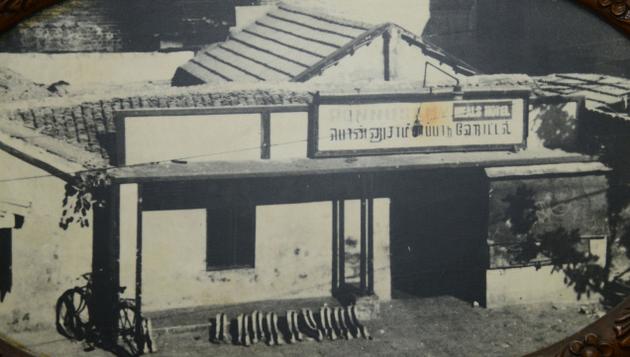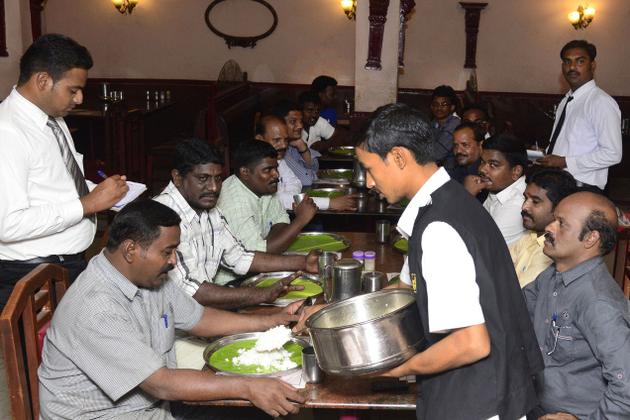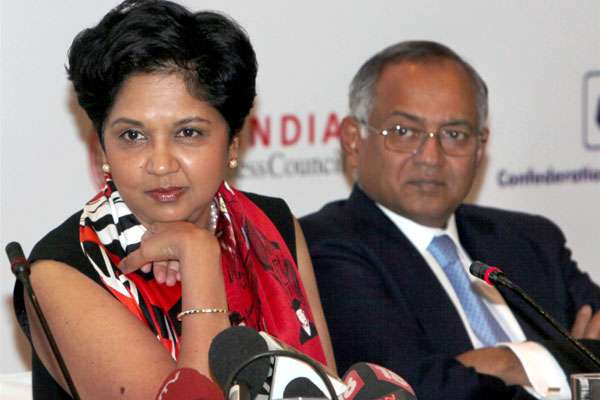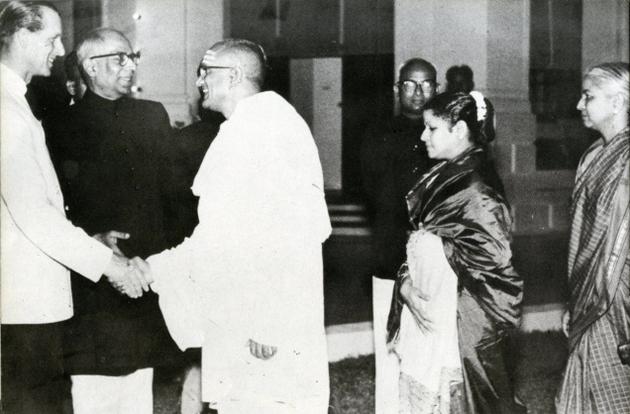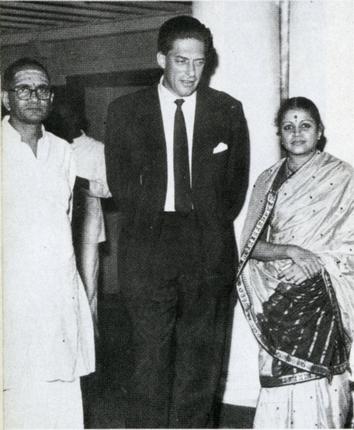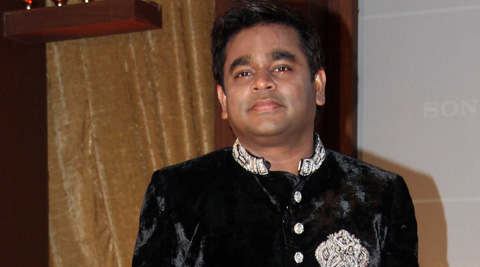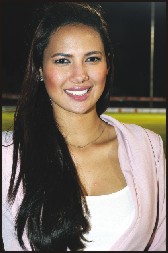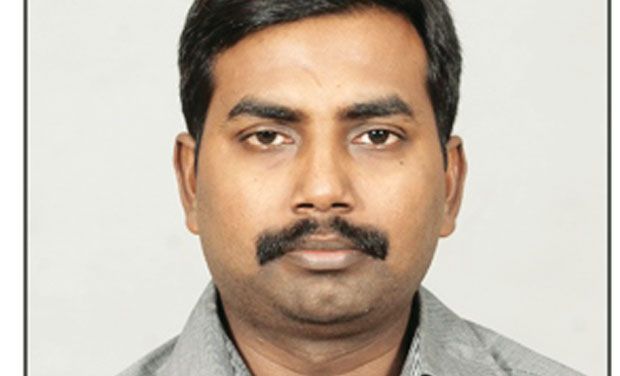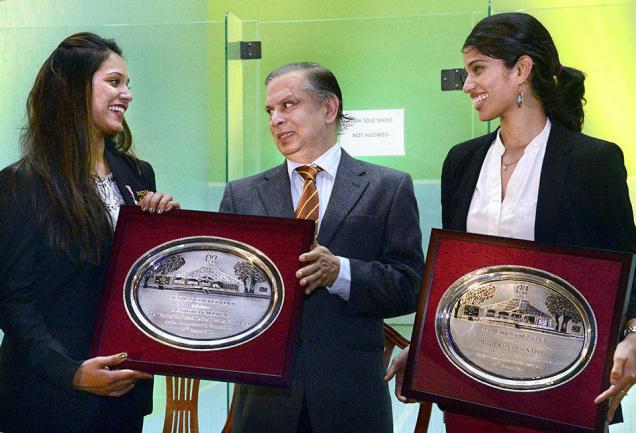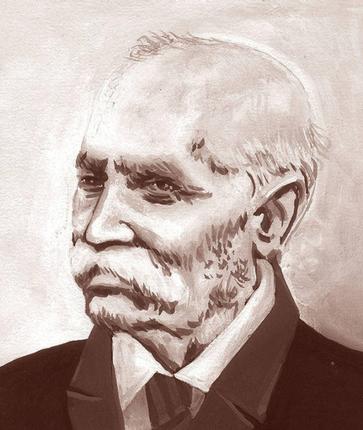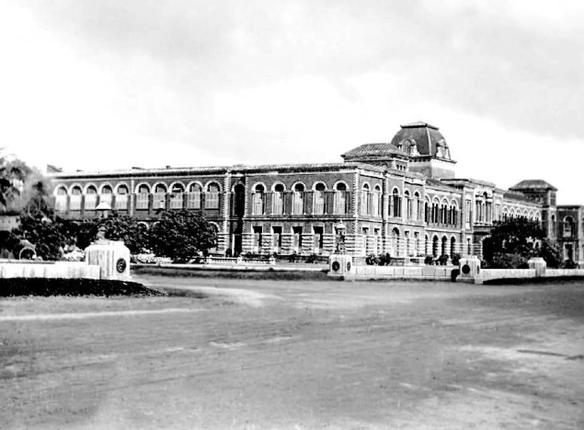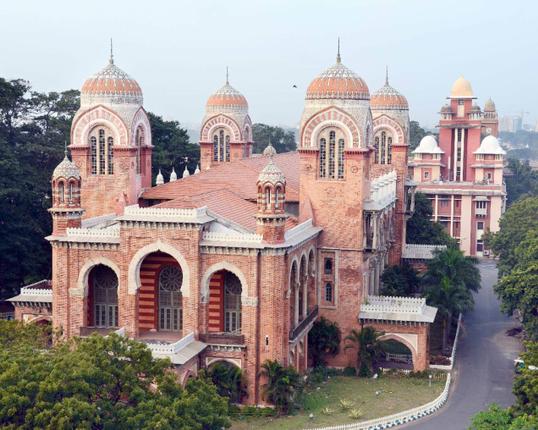Udhagamandalam :
As the people of Scotland cast their votes in a referendum on whether theirs should be an independent country, old-timers in Nilgiris recall with irony that it was the union of Scotland and England in 1707 to form Great Britain that opened the gates for Scottish immigration to India.
Scottish settlers played a crucial role in turning the Nilgiris, and Ooty in particular, into a modern hill station. Under the 1707 agreement, Scotland’s landed families gained access to the East India Company and gradually dominated it. Scots came to India as writers, traders, engineers, missionaries, tea and indigo planters, jute traders and teachers. By 1771, almost half of the East India Company’s writers were Scots.
The Scots were missionaries, planters and administrators in the Nilgiris. The first Scot to set foot in the Nilgiri hills was explorer Francis Buchanan who travelled to Aracode on the eastern slopes in 1812 to survey the newly acquired territories of the East India Company after the war of Seringapattanam.
Dharmalingam Venugopal, director, NDC, says the next was probably a gardener Johnston, who looked after the kitchen garden of John Sullivan, known as the father of Nilgiris, in Kotagiri.
Another famous Scot buried in the cemetery of St Thomas Church in Ooty is William Patrick Adam. “Though his tenure was short, Governor Adam was popular in the Nilgiris and citizens remembered him with a statue in his name at Charing Cross,” said Venugopal.
Among the gravestones in St Stephen’s Church is a marker for W G McIvor, who introduced cinchona to fight malaria and laid the foundation for the botanical garden at Ooty. John Ouchterlony and his brother James Ouchterlony, who founded a township around tea plantations which is still flourishing as O’Valley in Gudalur taluk, are also buried here. Nearby is the grave of Judge C Z Casamajor, the founder of modern Ketti. “He paid one anna to each parent who sent a child to Ketti School,” said Venugopal.
The Cockburns, the builders of modern Yercaud and Kotagiri, were a distinguished family of administrators, churchmen and painters, all of whom are buried in the European cemetery at Kotagiri.
Sir Frederick Nicholson, father of fisheries in Madras Presidency and the cooperative movement in the country, is buried unnoticed at All Saints’ Church, Coonoor. “The impact of his contribution is seen across India in many successful co-operative banks and cooperative societies such as Amul and Sewa,” said Venugopal.
source: http://www.timesofindia.indiatimes.com / The Times of India / Home> City> Coimbatore / TNN / September 18th, 2014
